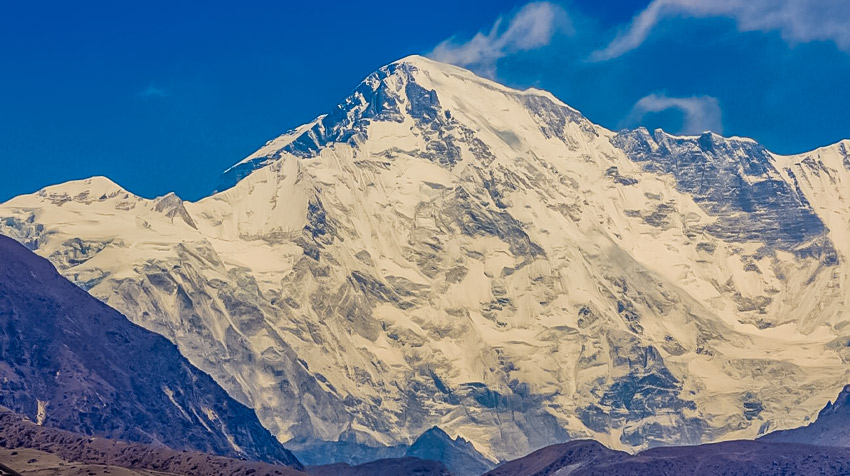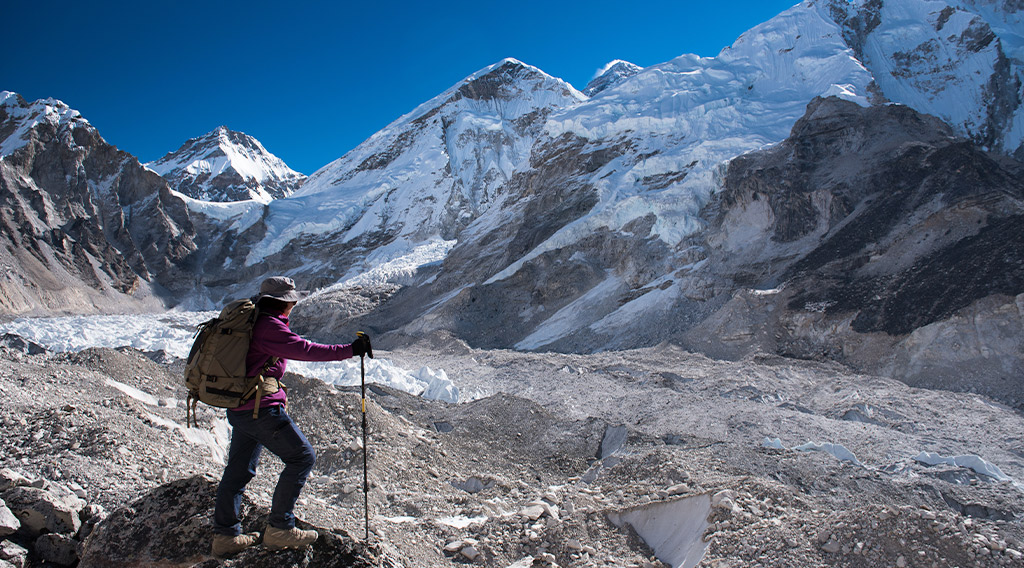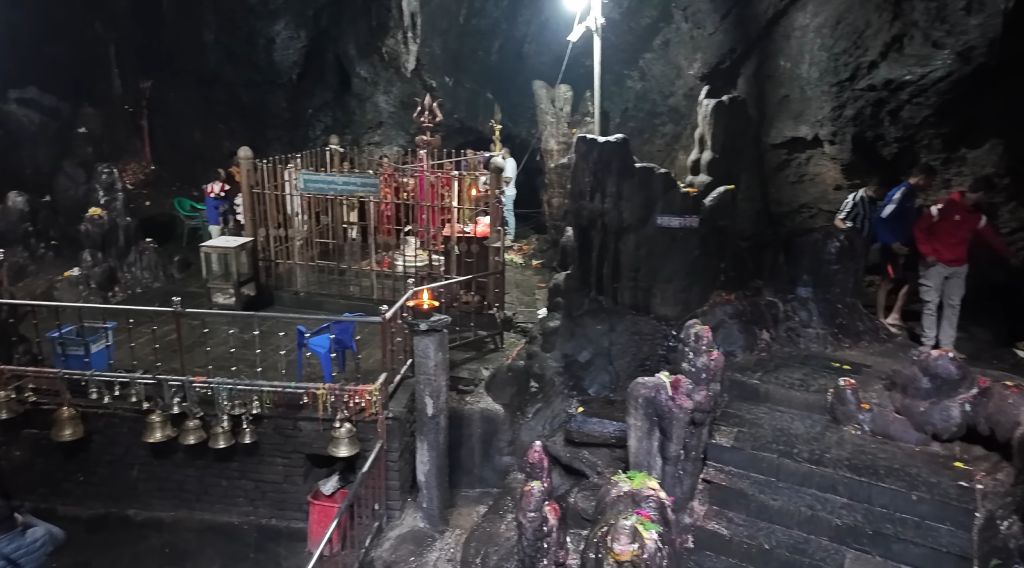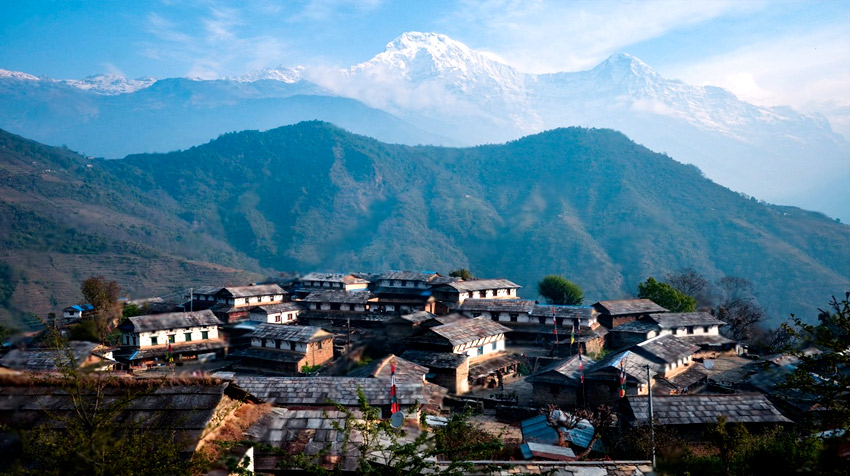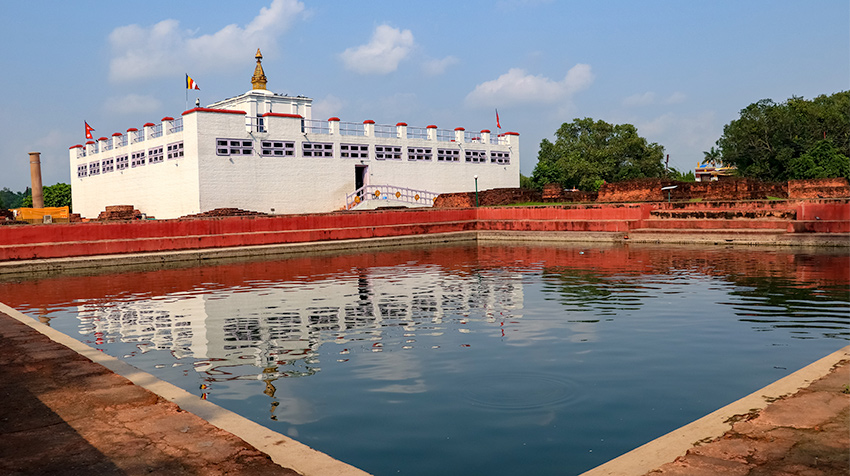Discover the Sacred Beauty of Halesi Mahadev: The Eastern Pashupatinath of Nepal
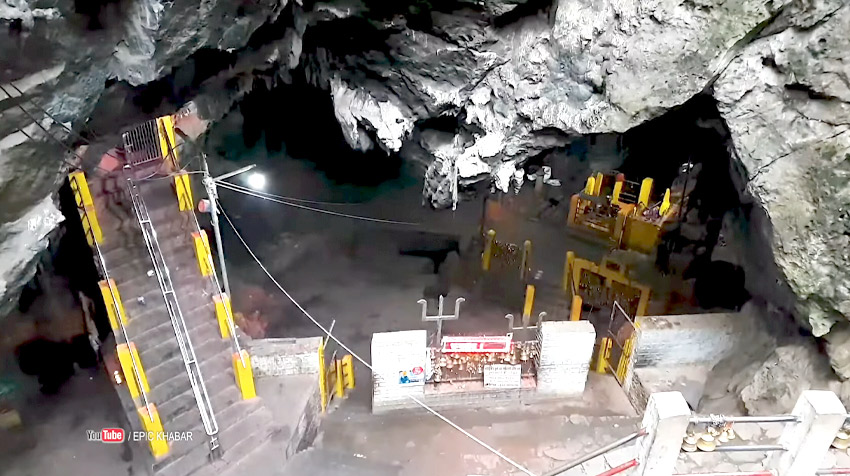
Halesi Mahadev, often revered as the Eastern Pashupatinath of Nepal, is not just a renowned sacred temple but a spiritual haven. This ancient holy site, Halesi Maratika, holds profound significance for Hindu and Buddhist devotees and offers a unique spiritual experience. Located in the Khotang district, approximately 185 km southwest of Mount Everest, the temple sits at an elevation ranging from 3,100 to 4,734 feet above sea level.
A Site of Natural Beauty and Spiritual Significance
The temple, nestled between the holy rivers Dudh Kosi and Sun Kosi, is a place of worship and a breathtaking natural wonder. It boasts immense natural beauty and profound religious and cultural importance. The Halesi Cave, believed to have been a residence for 6,000 years, houses the revered temple of Lord Shiva, adding to the awe-inspiring beauty of the site.
Shared Sacredness for Hindus and Buddhists
Halesi Mahadev is a sacred site and a symbol of unity and shared beliefs for Hindu and Buddhist pilgrims. For Buddhists, the site is known as Maratika Cave or Maratika Monastery. It is associated with Guru Padmasambhava, also known as the Second Buddha, and his consort Mandarava, who received the teachings of Buddha Amitabha here. The cave is a key to Vajrayana or Tibetan Buddhist traditions, bridging the gap between the two faiths.
For Hindus, Halesi Mahadev is a significant temple dedicated to Lord Shiva, often called the Eastern Pashupatinath. The temple complex includes three mysterious caves, believed to represent the three eyes of Lord Shiva. The first cave, Haleshwar Mahadev, features an image of Lord Shiva, while the second cave contains an image of Nandi. The third cave is said to be where Lord Shiva hid from the demon Bhasmasur.
Mystical Caves and Religious Beliefs
The Halesi Cave has five significant doors, each with its unique significance
Ghopte Dwar: This door is located northwest and features a 9-foot-long path.
Janma Dwar: This door requires careful navigation and is situated east of Ghopte Dwar.
Pap Dwar: Found southeast of Janma Dwar.
Dharma Dwar: Located in the west-north part of the cave, featuring a challenging stone structure.
Swarga Dwar: The Heaven Door is believed to be visible only to the faithful.
A Destination for Devotees and Tourists Alike
Halesi Mahadev Tour has become a popular destination for those seeking meditation, peace, and spiritual rejuvenation. Despite its remote location and challenging travel conditions, the site offers visitors quality lodges, restaurants, and hotels.
Traveling to Halesi Mahadev has become more accessible with various transportation options, including bus services, private vehicles, helicopters, and flights. By road, the journey takes approximately 6-7 hours from Kathmandu, passing through scenic landscapes and small villages. A helicopter ride can complete the trip within 2 hours, offering a breathtaking aerial view of the region.


